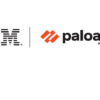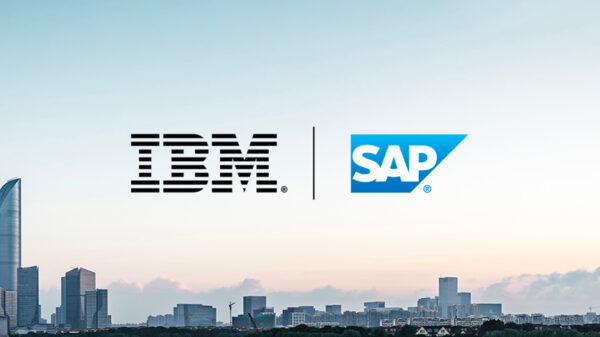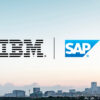In this era of Big Data, social, cloud, mobile and analytics when data growth has reached unprecedented levels and new workloads and business models need to be implemented, the right choice of IT infrastructure is very important to the success of the business. This, however, creates heavy demands on technology that can make business outcomes matter.
An IBM global infrastructure study entitled “Infrastructure Matters” reveals a significant gap in what enterprises know and how prepared they are to deal with the new era of IT.
While more than 90% of large organizations believe IT infrastructure optimizes revenues and profits or a key enabler of competitive advantage, less than 10% of the respondents said they are fully ready for cloud or prepared to address the explosive quantities of data.
“We are seeing that the historic shifts around the growth of cloud, analytics and mobile are transforming business and technology, creating a greater need and urgency to deploy a computing infrastructure that can help clients support their business results,” said Mariels Almeda Winhoffer, President and Country General Manager of IBM Philippines.
“Today’s innovative companies are recognizing that the right infrastructure delivers real competitive advantage and fuels top-line growth.”
Infrastructure is not the only challenge facing businesses. Maintaining secure environments to protect information and to keep cost under control are also equally important.
“The right infrastructure is essential for achieving business outcomes in a data-driven world,” said Han Chung Heng, Vice President, IBM Server Solutions Systems and Technology Group at IBM Asia-Pacific. “We have a strategic plan for the 10% of organizations. These organizations embrace mobility and e-commerce.”
Winhoffer describes the strategic aspect as a clear alignment with the business. “When you think about strategic implementation, it’s not a matter of implementation for technology but implementation for business outcomes. When you look at cloud, you’re not including cloud as a new way of consuming IT but they’re looking at it in terms of providing new products and businesses, new products and services in the market and leveraging technology to cloud,” she said.
Open technologies
Responding to these needs, IBM has announced new generation and enhanced systems and software defined storage products – all built on open technologies – that can create opportunities for businesses.
One of these products is the new generation IBM POWER8 Systems which were built based on the POWER8 technology. Designed for Big Data and cloud computing, the new IBM systems allow businesses to manage massive amounts of data.
The systems, which culminates a $2.4-billion investment, run more queries concurrently and faster across multiple cores with more threads per core – up to 50 times faster than x86 with four times more threads per core.
The new POWER8 systems offer 65% sustained system utilization versus the industry standard of about 35% to 40%. They scale to meet business needs, are easy to manage and have less hardware, lower energy and cooling costs and open cloud management tools.
The company provides an easy migration path to IBM DB2-based solutions on their IT infrastructure that offers superior technology and client-friendly pricing.
Software-defined storage
IBM also announced a portfolio of software-defined storage products that offer higher performance and infinite scalability across all data types.
Codenamed “Elastic Storage,” these products are capable of reducing storage costs of up to 90% by automatically moving data onto the most economical storage device.
This new technology allows businesses to exploit the significant growth of data in a variety of forms generated by countless devices, sensors, business processes, and social networks. It is ideally suited for the most data-intensive applications, which require high-speed access to huge volumes of information.
This storage software provides online storage management, scalable access, and integrated data governance tools capable of managing vast amounts of data and billions of files.
When asked about migration issues, Heng said IBM has tools or methodologies that can help their customers convert their configurations from the traditional or non-IBM systems to IBM’s new generation infrastructure.




















































































































